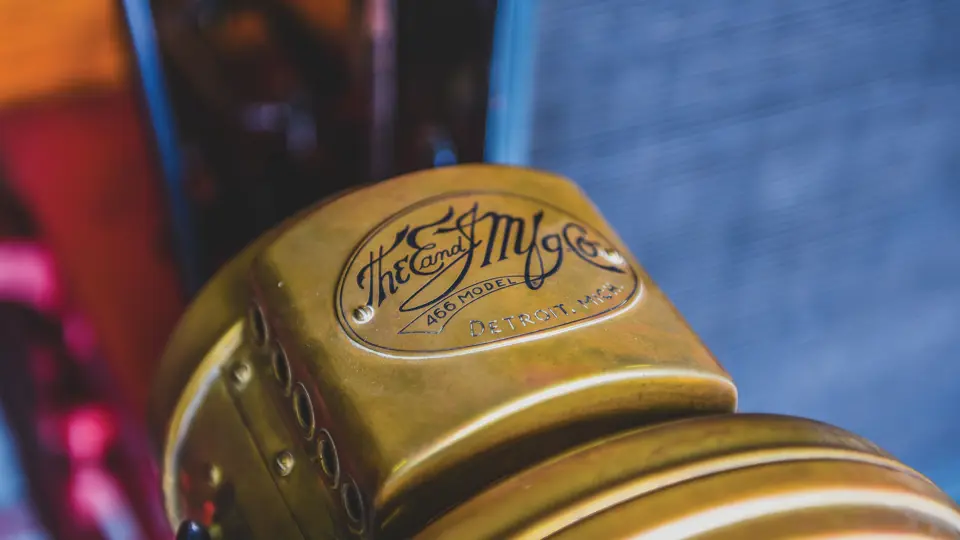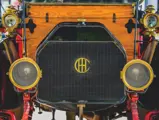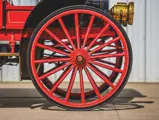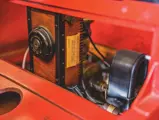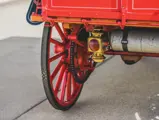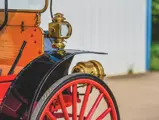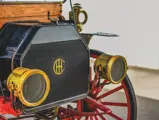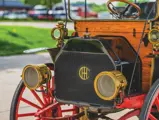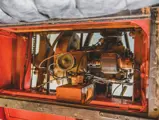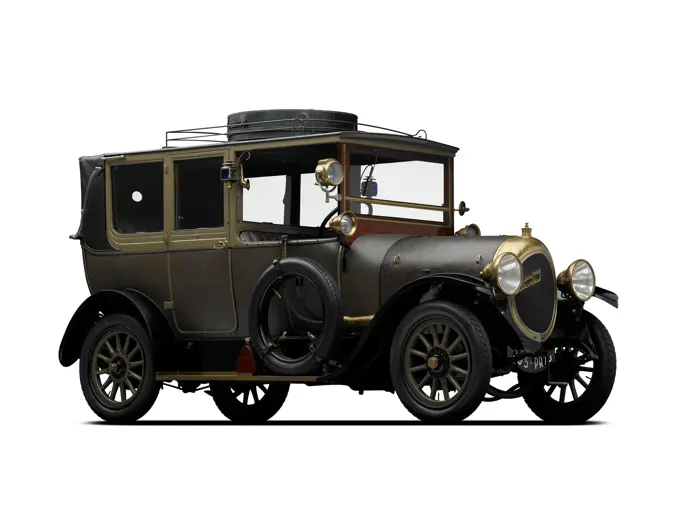The International Harvester Company descended from Cyrus McCormick’s 1831 self-raking reaper and the McCormick Harvesting Company he founded to build it. Having moved to Chicago in 1847, McCormick became part of the great consolidation of reaping machinery manufacturers that resulted in International Harvester Company in 1902. IHC began building gasoline-engine tractors in 1906 and high-wheel, buggy-type automobiles a year later. The rationale for what was already an outmoded design was that millions of buggies were in service in the United States and working well, and their simplicity was a virtue on the farm.
Auto Wagons, a cargo-type adaptation of the concept, began production in 1909, and by 1912 they could be had with either air or water cooling. Full-size trucks in the modern idiom, with pneumatic tires on wood artillery wheels and four-cylinder engines, went into production in 1915.
International Harvester ceased building passenger vehicles after 1911, but light commercial vehicles could be converted by adding seats on the cargo bed, as on this machine. With two extra bench seats riding atop the rails of the bed, it becomes a nine-passenger open bus. With longitudinal seats, as on this Auto Wagon, the seating capacity can be even greater. Reportedly, this particular Auto Wagon was used on mail routes in northwestern Idaho in its early life.
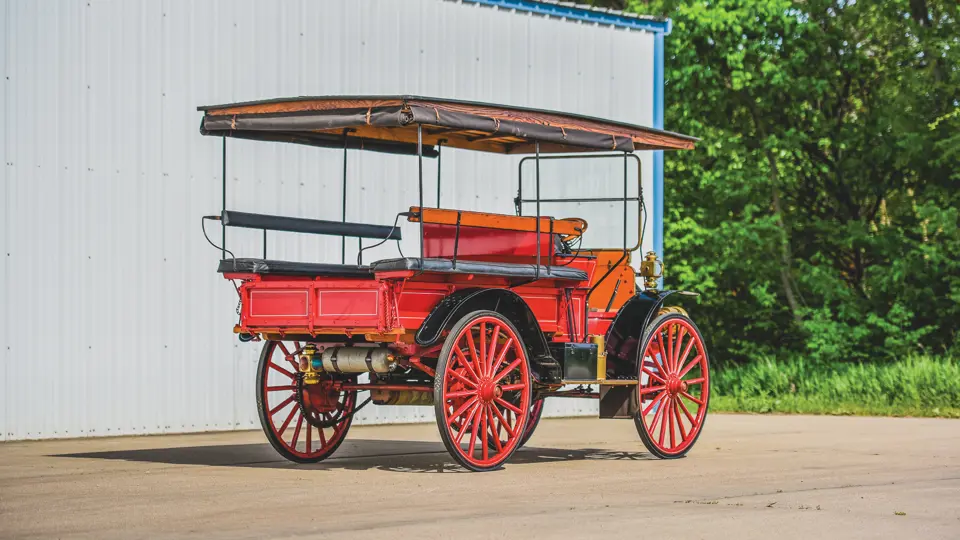
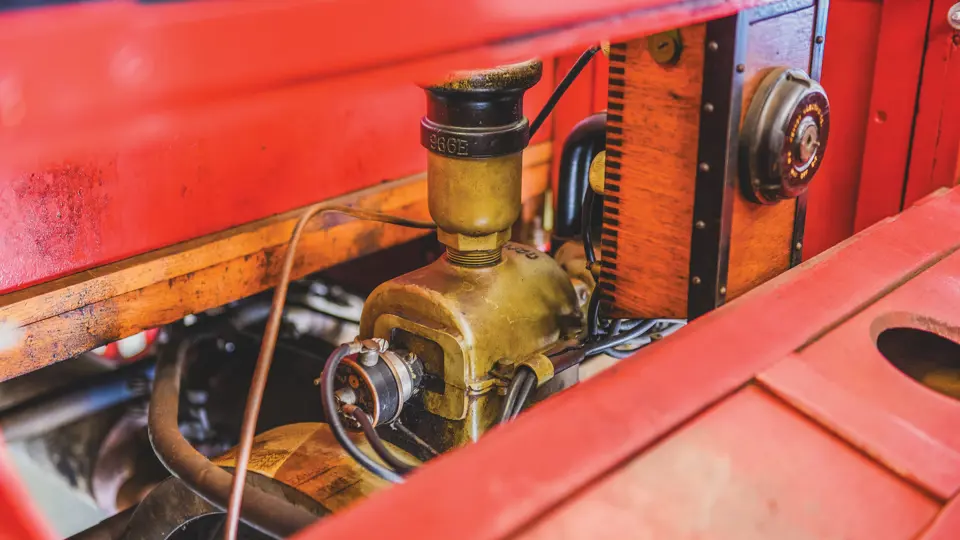
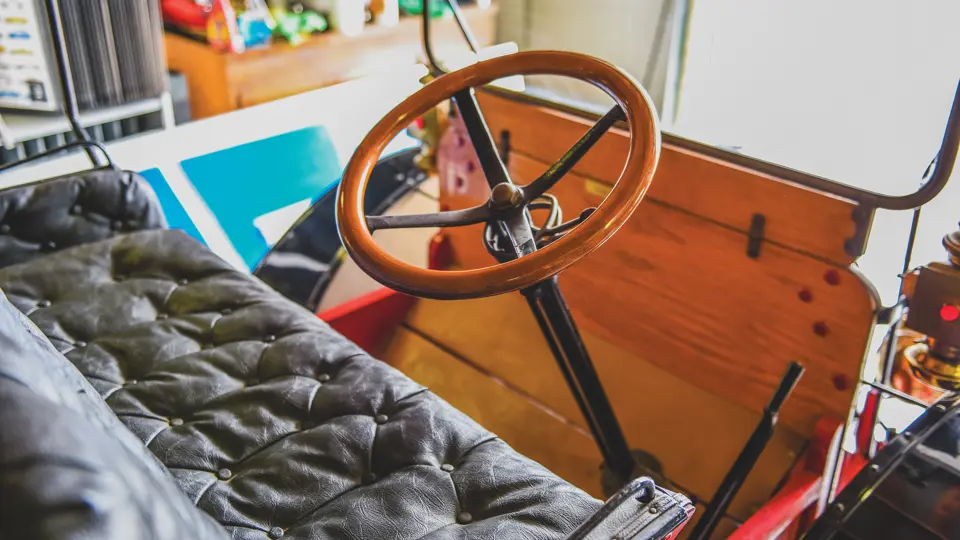

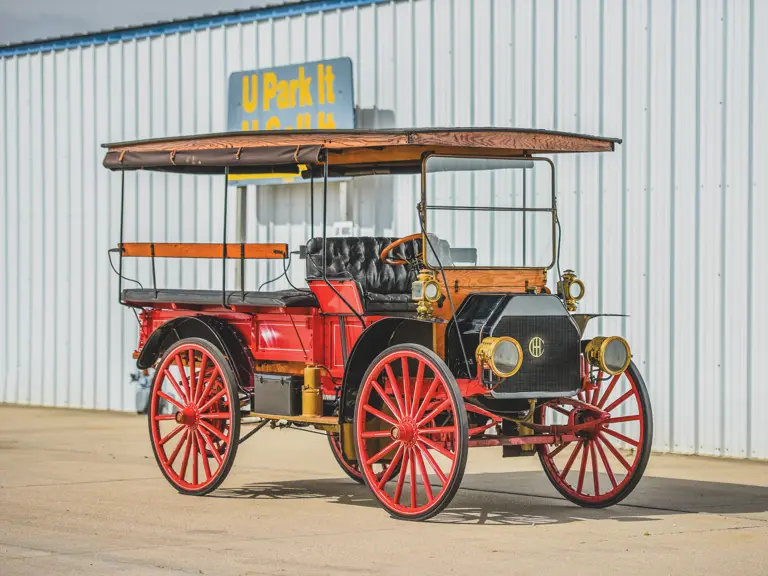
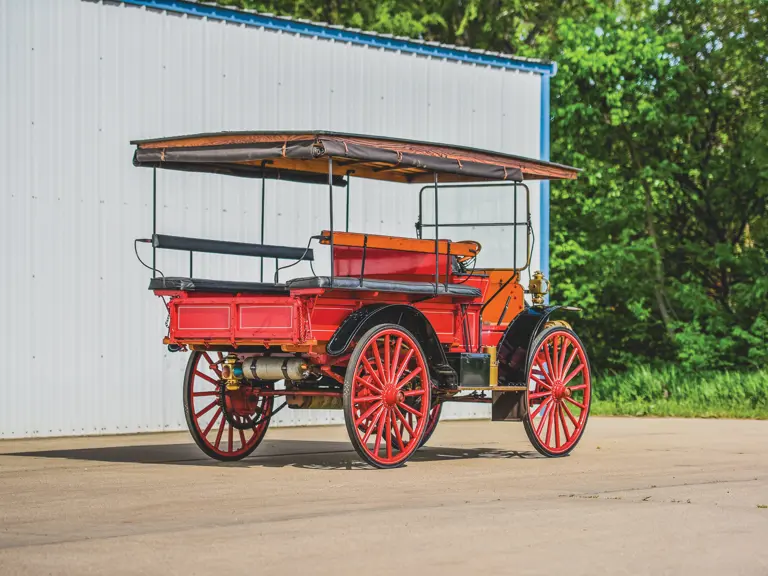


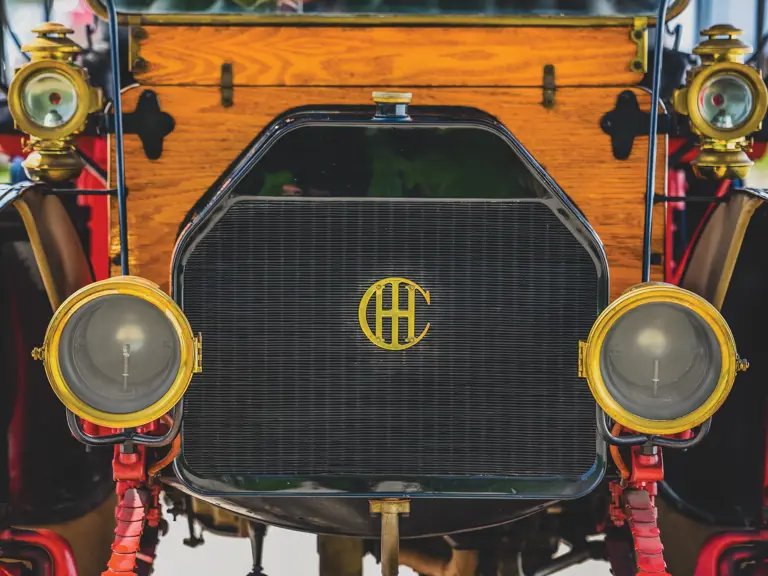
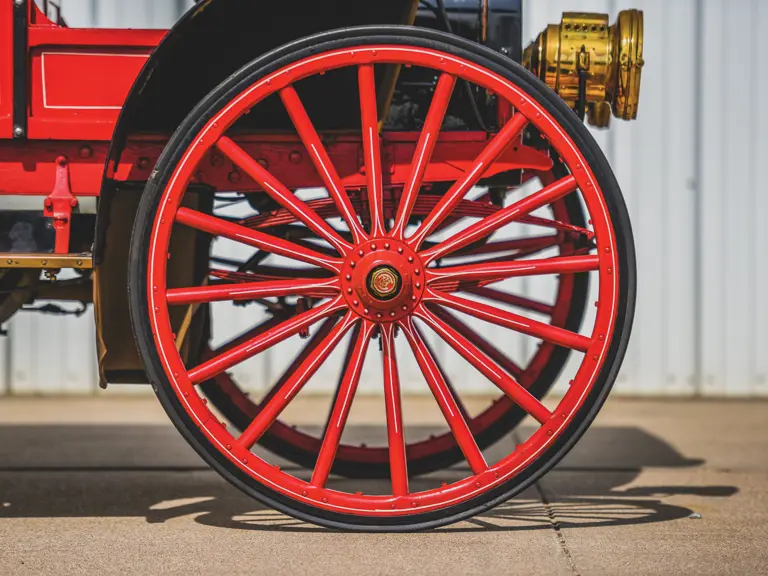
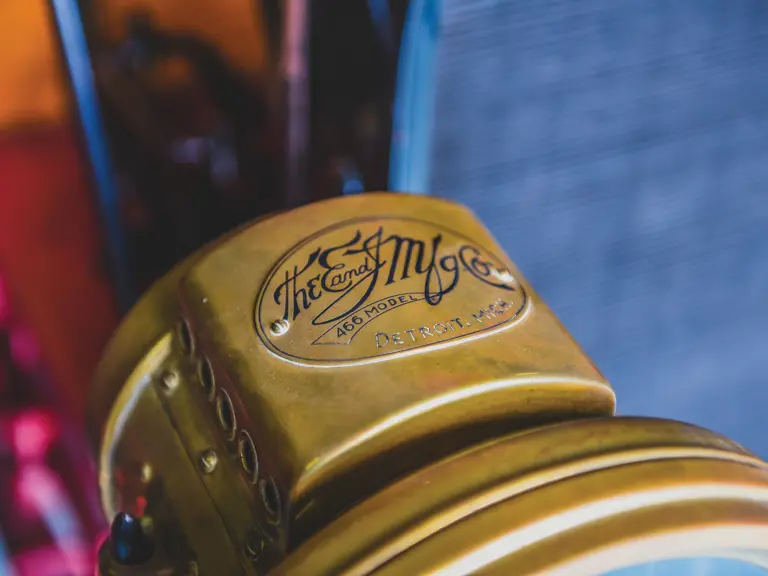
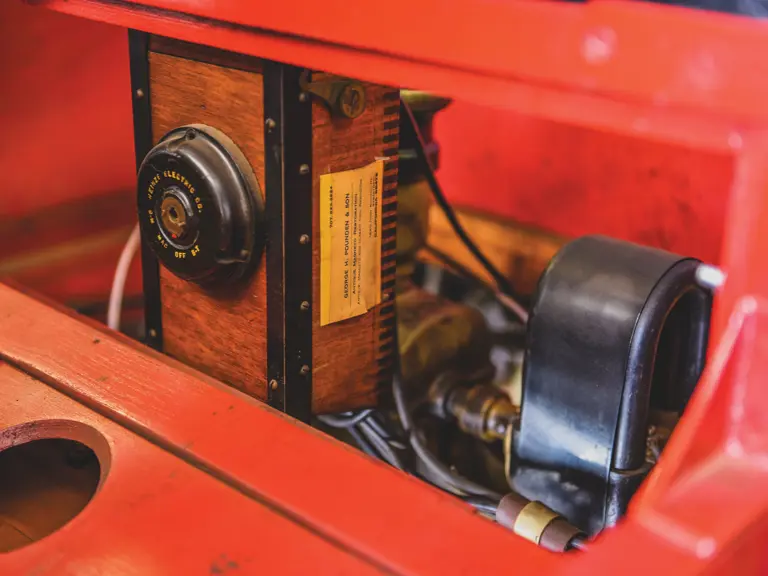
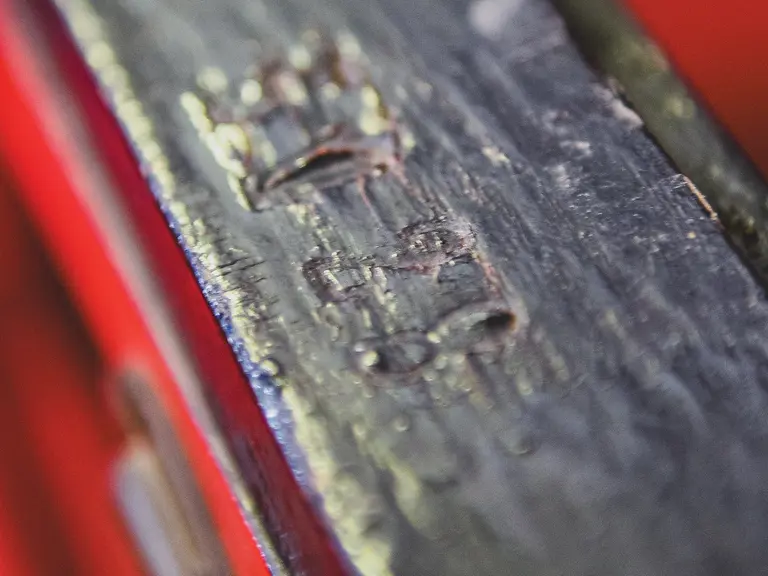
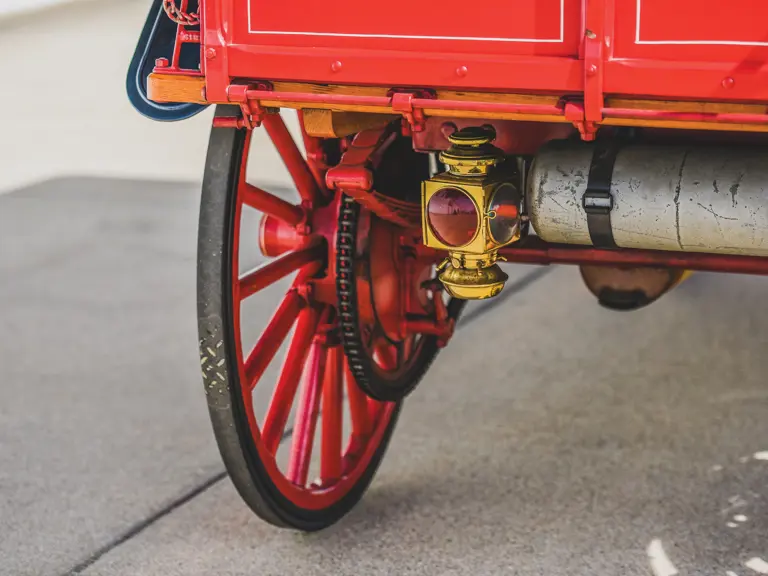
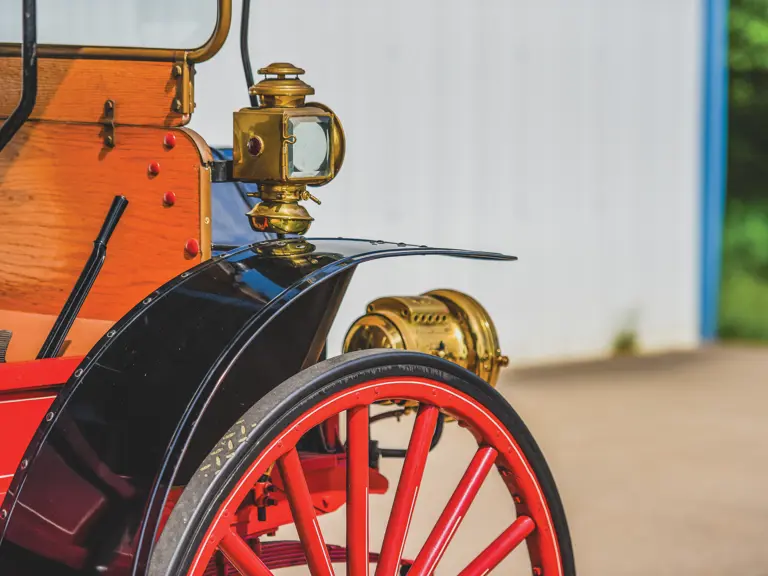
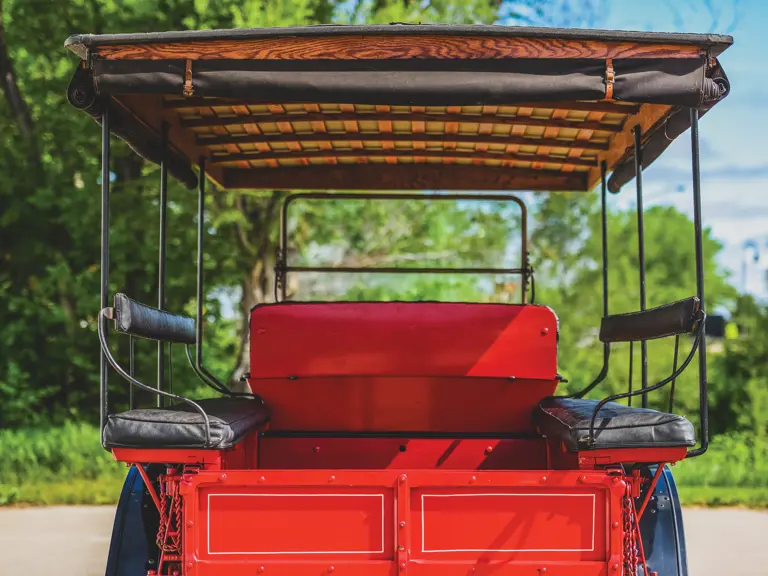
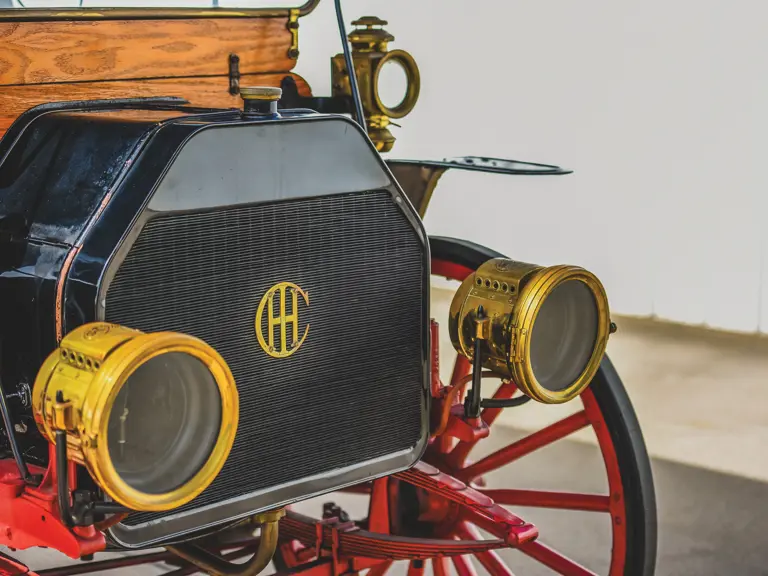
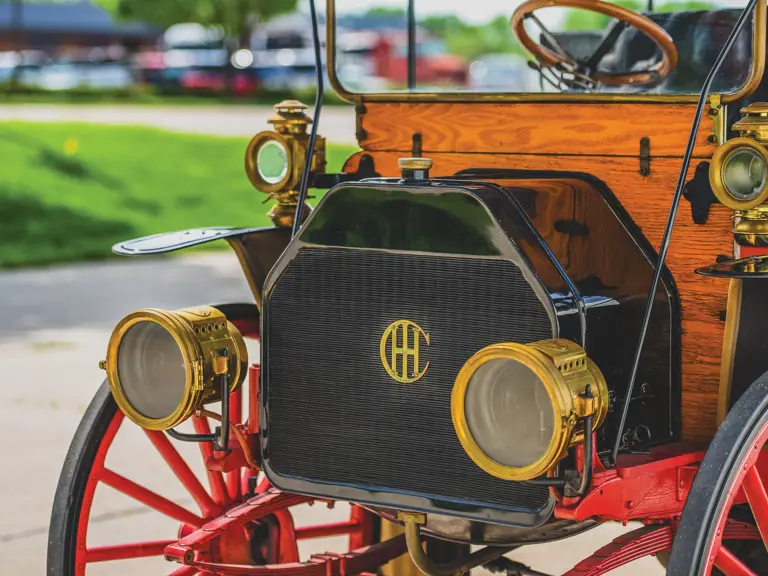
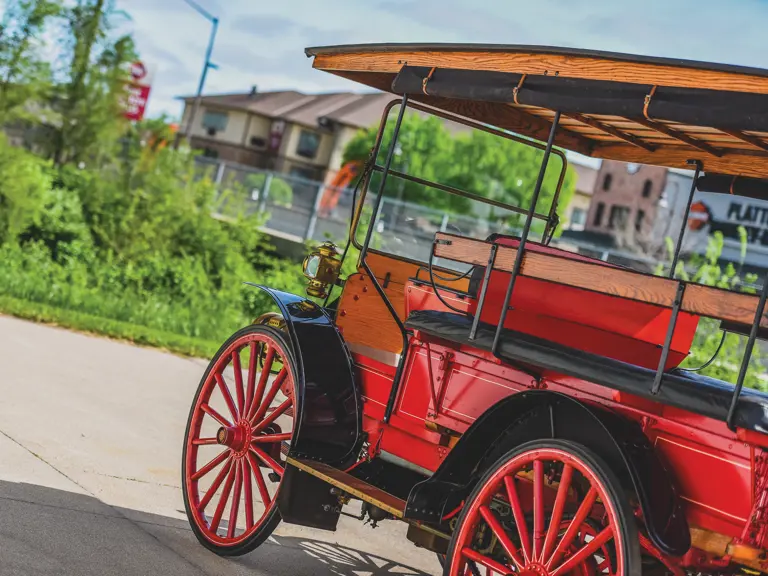
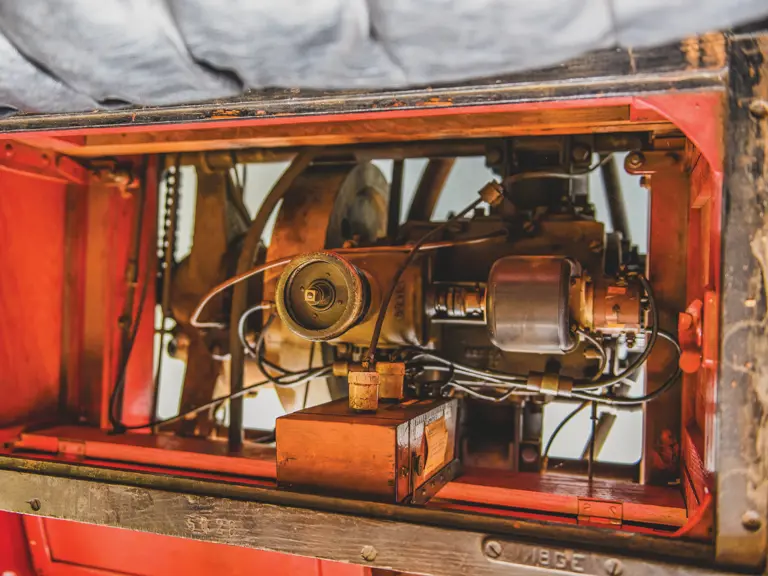
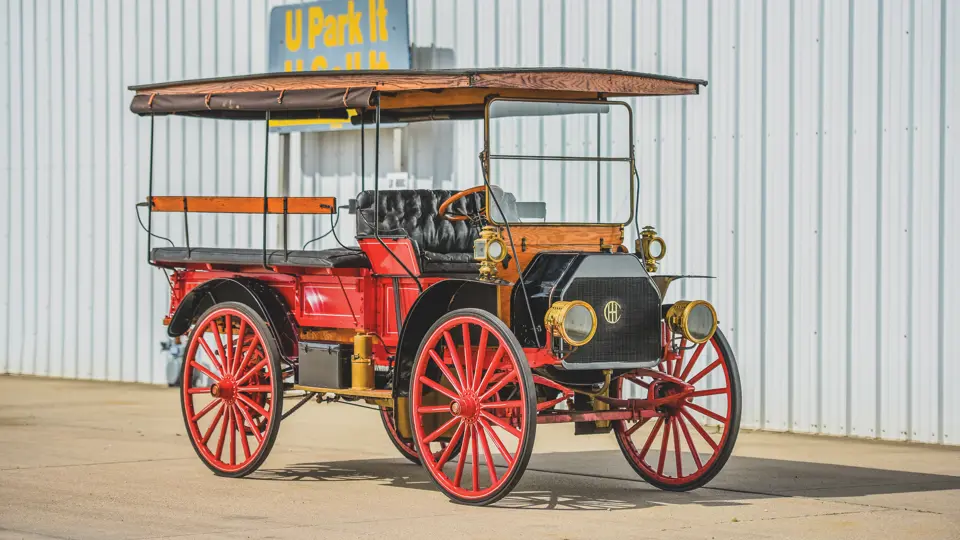
 | Hershey, Pennsylvania
| Hershey, Pennsylvania


